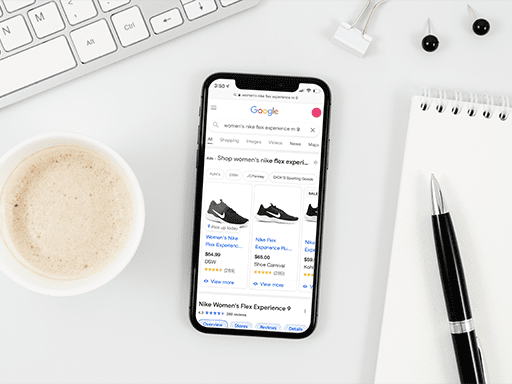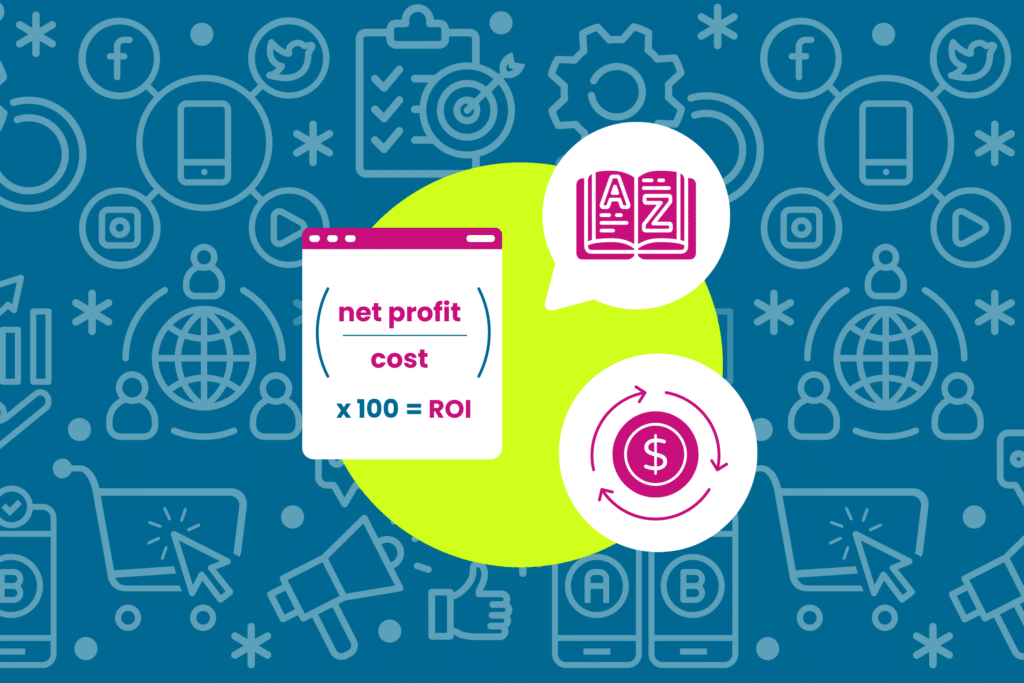Before working at Omnitail, I gained most of my knowledge of segmenting shopping campaigns through Google’s free online training course for Google Ads certification. Through this course, you learn right away that Google’s default method for organizing campaigns is to put everything into a single product group. If you’re like me, you probably thought, “Wow, that sounds easy. Let’s do that!” Unfortunately, the easiest method is rarely the best method.
Lumping all of your campaigns into one group has a lot of downsides. One of the biggest cons is that it limits your options for directing spend. If all of your products are in one ad group, that means you are bidding the same amount for every product. Effectively, you are deciding that every item in your inventory holds equal value to your business and your customer—which is not usually the case. So how do you segment PLAs?

Getting Your Feet Wet With PLA Segmentation
To avoid this predicament, you could start by segmenting PLAs into different ad groups and product groups. At this point, you would have slightly more control over your products and how much spend they’re allocated, but you can still take it a step further.
This is where a funnel system comes in. By correlating the consumer purchase decision process with different types of search terms, you can segment each of your campaign’s keywords into 3-tiers (generic, item-specific, and product-specific) according to the likelihood of purchase. If you know the relative value of each search term to your business, you have the ability to bid higher on customers who are more likely to purchase, and less if they are unlikely to buy your product.
In general, generic search terms are less valuable, while item-specific terms are more valuable. If you’re looking for a performance-based method for sorting your search terms—check out our E-Book on Negative Keywords.


Using a Funnel System — Let’s Dive Right In
Let’s look at an example. Say we’re selling “Omnitail’s Blue Polka-Dot Socks.” A generic term for this product could be something like “men’s socks”. On the other hand, an item-specific term would be something like the actual product title: “Omnitail’s Blue Polka-Dot Socks”.
Let’s compare the two search terms…
1) Men’s Socks — Generic
2) Omnitail’s Blue Polka-Dot Socks — Item-Specific
Simply by looking at them, we can see a clear difference in purchase intent. When the shopper searches for “men’s socks”, they aren’t sure what they’re going to buy yet. They might just be looking for ideas—digital window shopping. If a shopper searches for “Omnitail’s Blue Polka-Dot Socks”, however, it is clear that they are looking specifically for our product.

Using this logic, we want to bid lower on the generic term, because the shopper is less likely to purchase, and we are less certain that it’s, in fact, our product they are looking for. For the item-specific term, however, we should bid higher because we know they are looking for our product. Since we are confident there’s a good chance the shopper will buy the product, the higher cost of the bid is justified as it’s likely to come back to us in sales.

Want to Get More In-Depth with Segmenting Your Shopping Ads?
Segmenting PLAs is a great start—but this is just the tip of the iceberg. If you want to learn more about how to apply this method, check out our Free PLA E-Book. We’ll explain step-by-step how to apply this strategy to your Google Shopping campaigns, so you can start targeting customers who are likely to buy, and stop wasting spend on those who aren’t!








